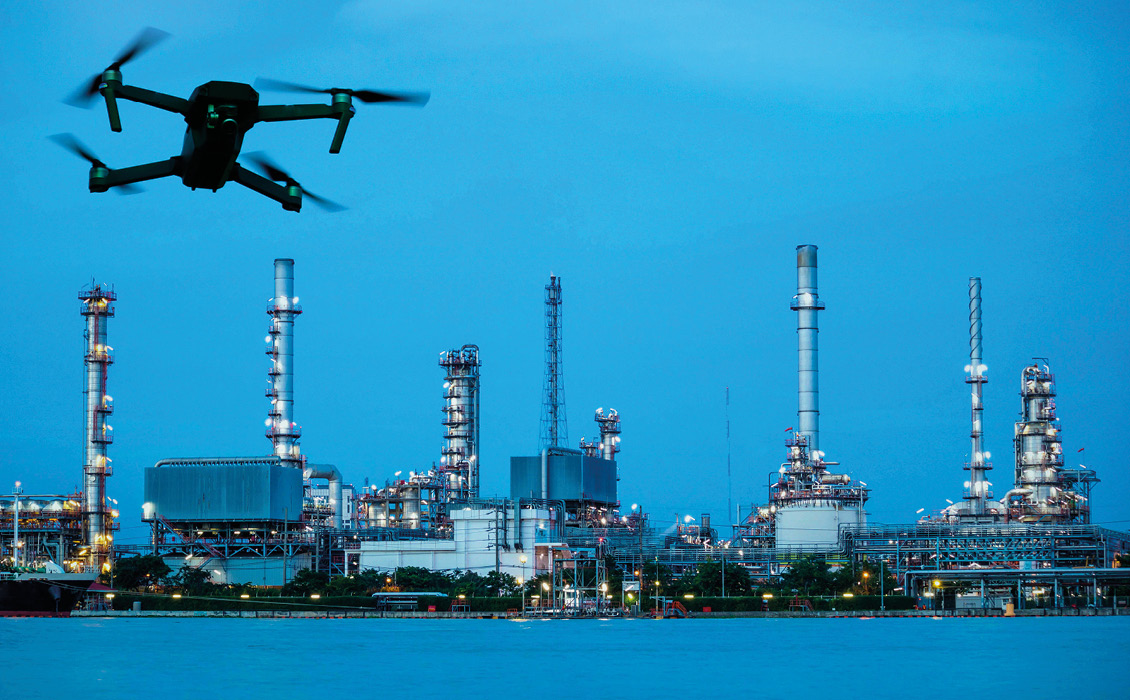Upstream exploration requires the utilisation and adaptation of different technologies distributed over numerous scientific and engineering disciplines. As the cost of exploration and exploitation of resources rises, more efficient ways of working become more and more critical. Automation is an area of rapid development in many industries; if you have seen the YouTube videos of order picking robots in Amazon’s ‘smart’ warehouses, you can understand how impressive and disruptive these types of technologies can be. In the offshore energy industries, we are seeing similar innovations with highly automated systems in marine seismic acquisition and the potential advent of fully autonomous robotic ocean bottom node systems as well as inspection robots on offshore facilities.
Robotics is not limited to planet Earth, as is dramatically illustrated by the incredible, successful delivery of NASA’s Perseverance rover to the 45 km-wide Jezero impact crater. Not only did ‘Percy’ arrive unscathed after its 480 million kilometre journey, but it was delivered to the surface of the red planet by its personal, jet-powered delivery system – all remotely and pre-programmed. It also carried a passenger called Ingenuity, a small coaxial, drone rotorcraft whose individual mission will be to help guide Percy on its onward journey through Jezero. Already successfully tested, it will have the potential to scout locations of interest and support the future planning of driving routes for future Mars rovers.
Remote satellite monitoring, coupled with machine learning and high-performance computing, is allowing a range of industries to strengthen situational awareness of the impact of offshore assets, coastal facilities, and vessel activity on the natural marine environment. As well as gas flaring, early detection of anomalous events and third-party pollution incidents, and surveillance of natural seeps are all becoming more common as the number of satellites available for commercial use increases.
Closer to home, automation will be a key driver in the technologies deployed for seabed mining – if this ever becomes a reality. Our article on seabed mineral exploration suggests that some of the reconnaissance phases of exploration could be undertaken using autonomous underwater vehicles equipped with a range of sensors capable of collecting multiple datasets in a single dive. These would augment the use of wide-tow sources and variable multisensor streamer geometries. Geophysical technology, modified for studying the shallow subsurface and deployed from efficient autonomous platforms, has the potential to provide information to make better environmental decisions and to guide responsible exploitation of marine mineral resources.




